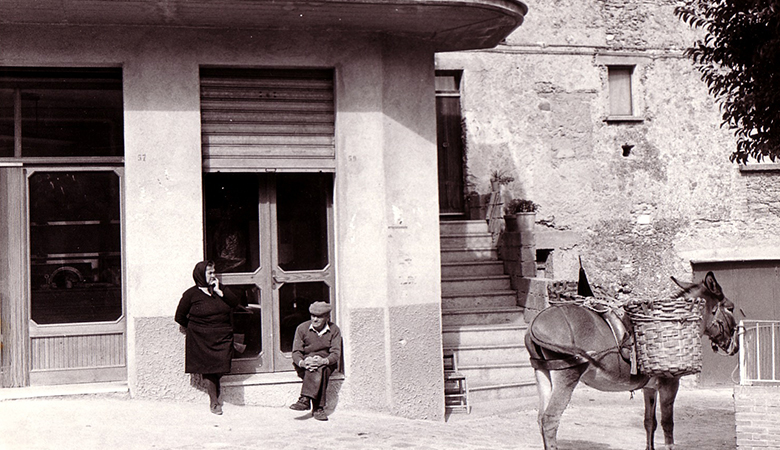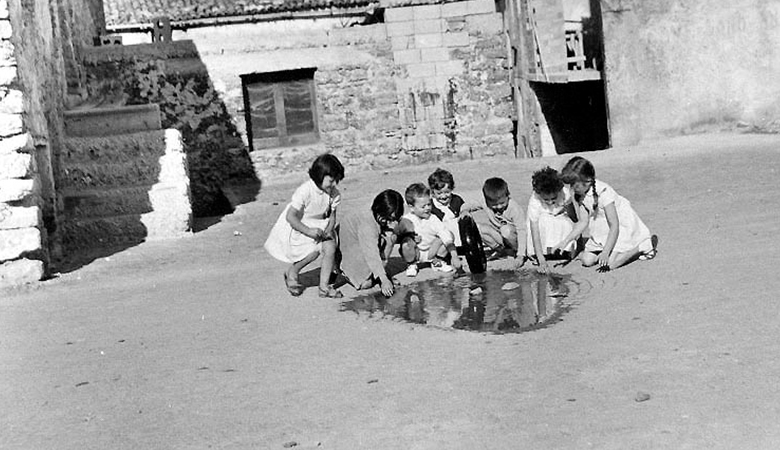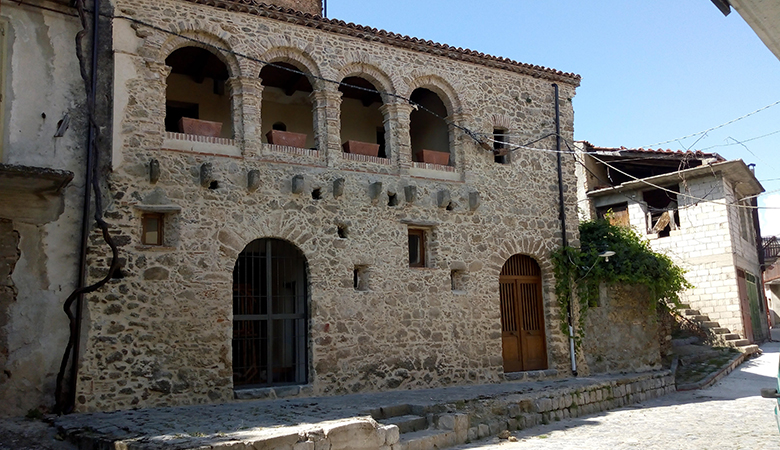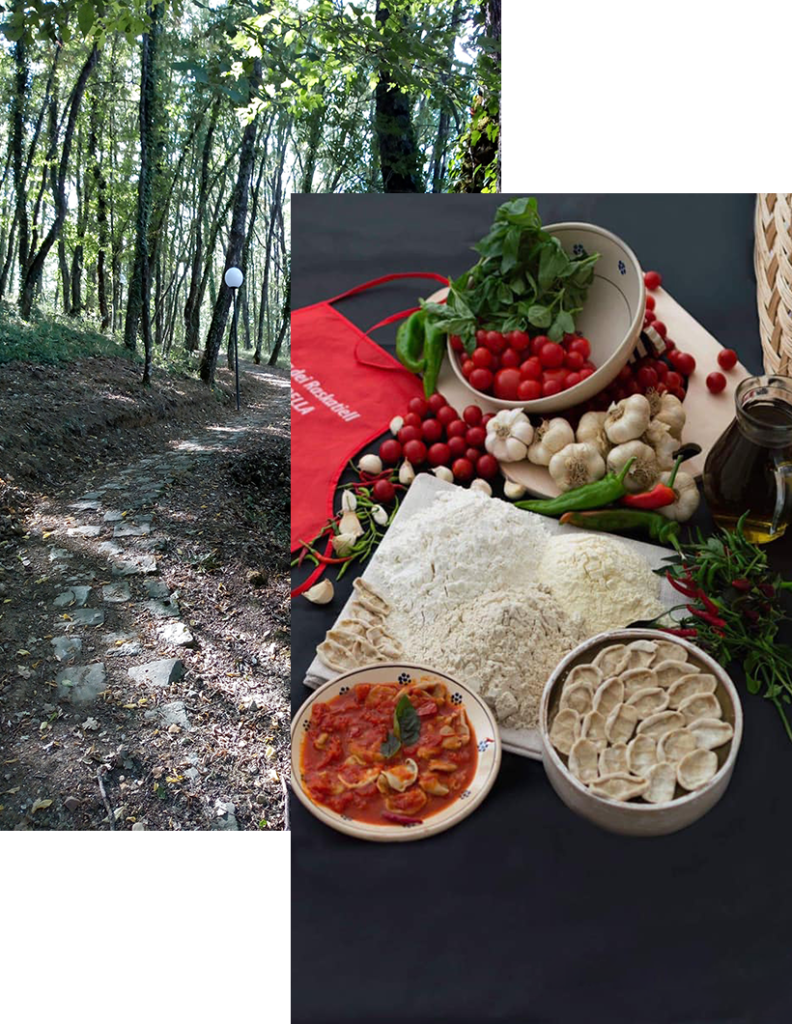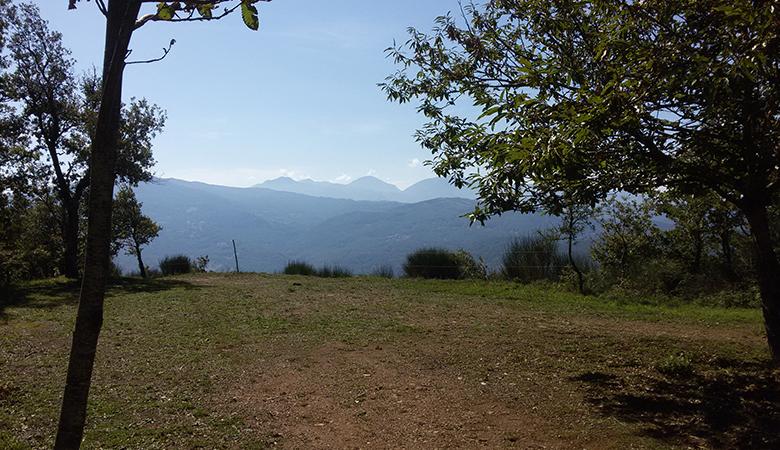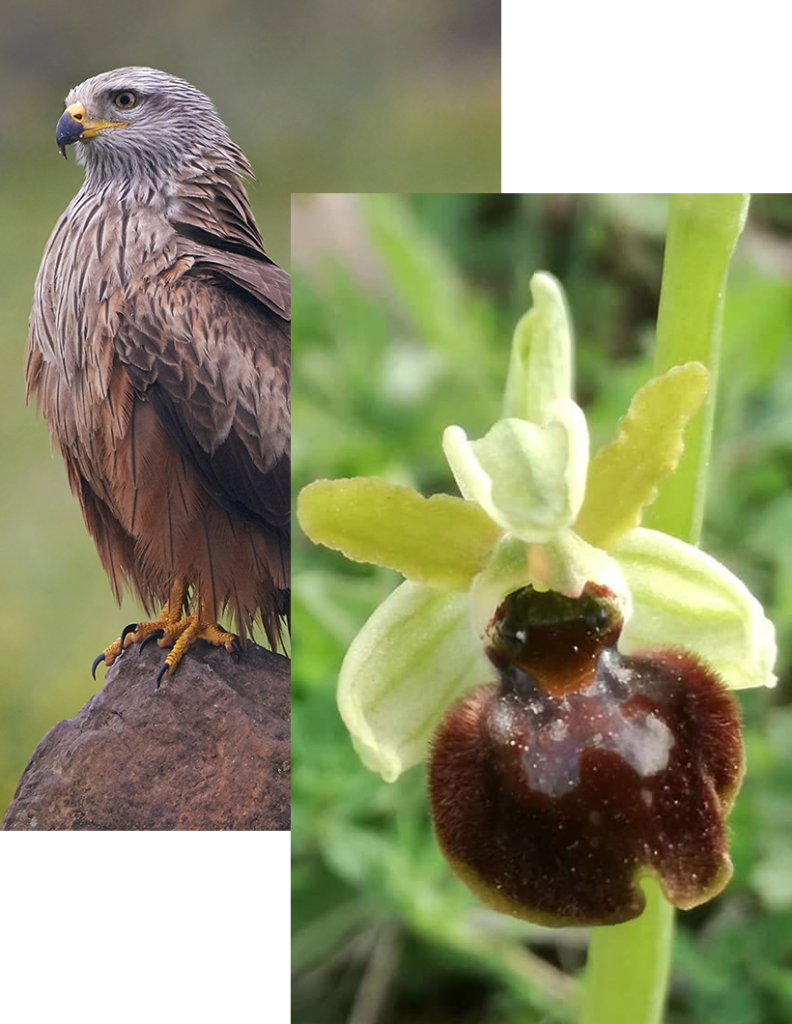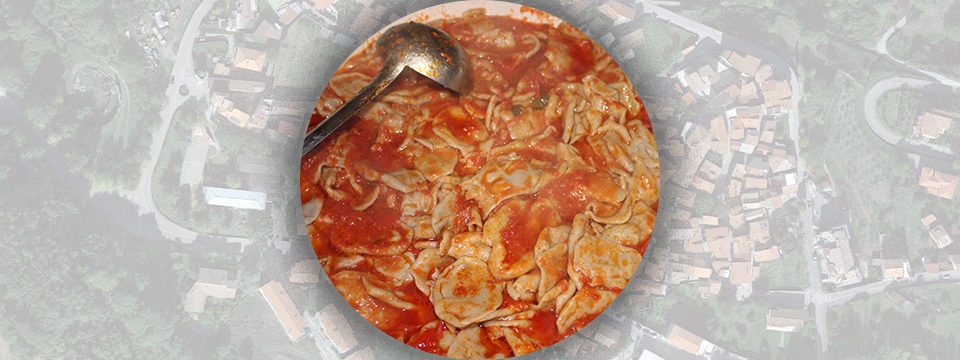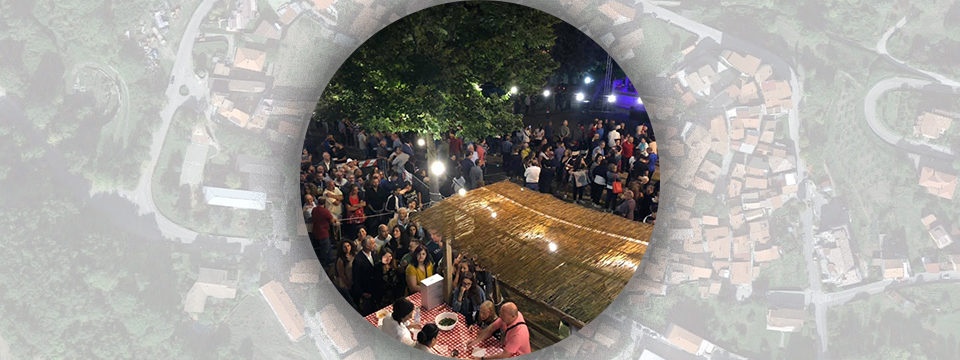“Fardella is one of the most beautiful towns in the Lagonegro area”, as it was described in New York in 1912. After just over a century, Fardella still offers to visitors its hills standing tall against the Pollino, its fruit-bearing fields, its shadowy woods, the many hidden springs of ice cold water, its traditional flavours and aromas, its alleys, its gateways and its land.
“Fardella is one of the most beautiful towns in the Lagonegro area”, as it was described in New York in 1912. After just over a century, Fardella still offers to visitors its hills standing tall against the Pollino, its fruit-bearing fields, its shadowy woods, the many hidden springs of ice cold water, its traditional flavours and aromas, its alleys, its gateways and its land.
Fardella
Accessible village
Fardella village accessible to all where the word, poetry and dialect, expression of the richness of our cultural diversity and our roots, become an identity
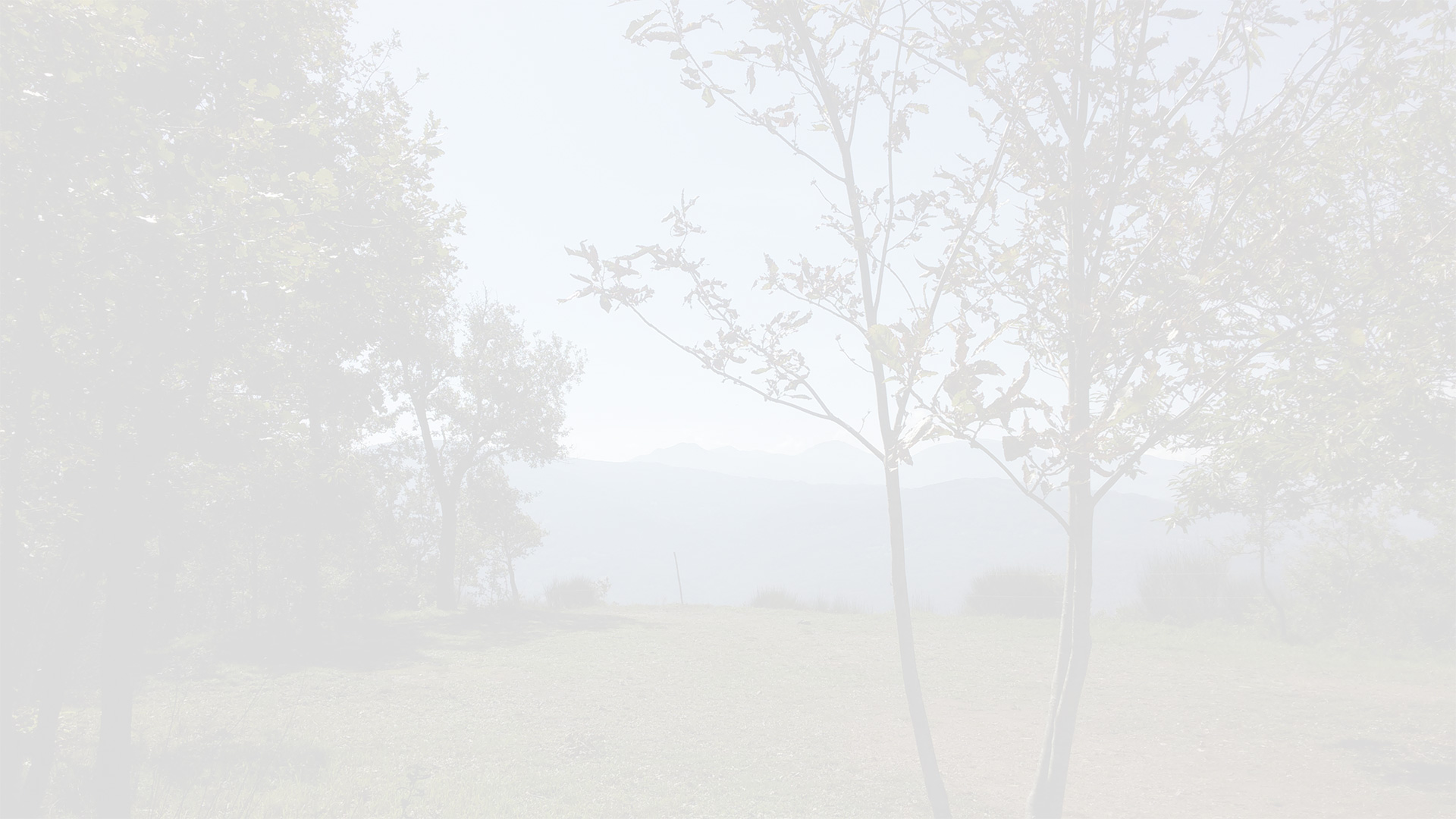
The origins

Fardella is a recent town with little more than 300 years of life, yet its territory reveals a human presence from ancient times.
The foundation of Fardella is dated by some historians between 1690 and 1693.
The Historic Center
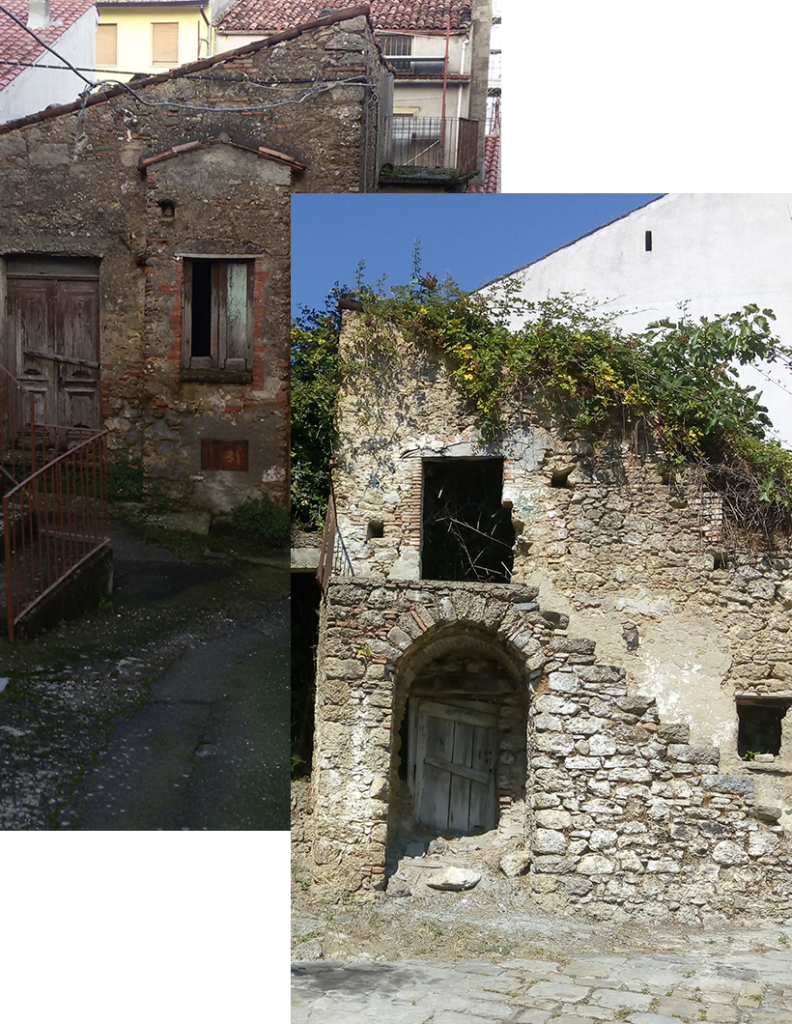
The original Village was divided into districts or roads: Contrada Sotto la Chiesa, of the Piazza, of the Stalle, of the Fontana, Mesola, Calvario and Contrada Piano. Inside the plateau, at its highest point, stood the Sacred Building with Piazza Municipio, which soon became the Political and Religious Center, with the palaces of Grosso, De Salvo and De Donato

Caprarizzo
The De Donato building, with its arcaded facade, unique in the whole area of the municipality, is iconic of this town’s architecture. This was probably an aristocratic building later turned into a functional one to house animals.
The two-storey building and attic stands between Via Pellegrino and Via Cavour, which is where the main facade is located
Casa di Filomena - “a cas i Filumen”
The house commonly known as “A CAS I FLUMEN”, unfortunately now in ruins, still shows its original structure: load-bearing rubble masonry made with local stone, wooden floors and roof (whose remains are still visible inside on the ground), a facade with small windows to let in the light, but not the cold, and holes along the brickwork to hold the beams.

I Raskatiell
I "Raskatiell", prodotto tipico di Fardella, è un piatto povero con ingredienti semplici, ma ricco dal punto di vista salutistico. Le origini di questa pasta sono incerte, per alcune fonti il piatto fu pensato nelle cucine delle famiglie più povere che non avendo a disposizione farina di grano duro cominciarono a mischiare la poca farina che avevano a disposizione con altri tipi di farine.
La pasta si ottiene mischiando tre differenti tipi di farine (farina “carosella”, farina di grano tenero, farina di fave). Dopo esser stata impastata viene "raschiata" con le dita, dandole una forma che ricorda quella dell’orecchio.
Serra Cerrosa
Serra Cerrosa is located about 930 m above sea level and is the highest point of the municipality of Fardella, if we exclude the municipal areas on the Pollino massif. From the viewpoint of the Belvedere, which slopes gently towards the Sinni, you can see the clay pyramids along the river bed, the whole valley, but especially Serra Dolce Dorme, Monte Pollino and Serra del Prete, the three highest peaks of the Pollino massif.

Ginepro... e le altre specie
Almost everywhere there is Mediterranean scrub with the presence of holm oak (Quercus ilex), Lentisco (Pistacia lentiscus), Juniper (Juniperus communis- oxycedrus- phoenicea), Myrtle (Myrtus communis), Corbezzolo (Arbutus unedo), Roverella (Quercus pubescens), Red Maple (Acer monspessulanum) and Common Broom (Spartium junceum).
Rosalia Alpina
Commonly called beech's beetle, Rosalia alpina is a beetle of the Cerambycidae family, known for its particular black and blue color and for the black tufts present on the antenna segments. It has variable dimensions between 14 and 40 mm with unmistakable appearance: the body and the elytra (the sclerified front wing) have a color ranging from gray-blue to light blue.
News from Fardella
Information on events in the most beautiful village of Lagonegrese:






